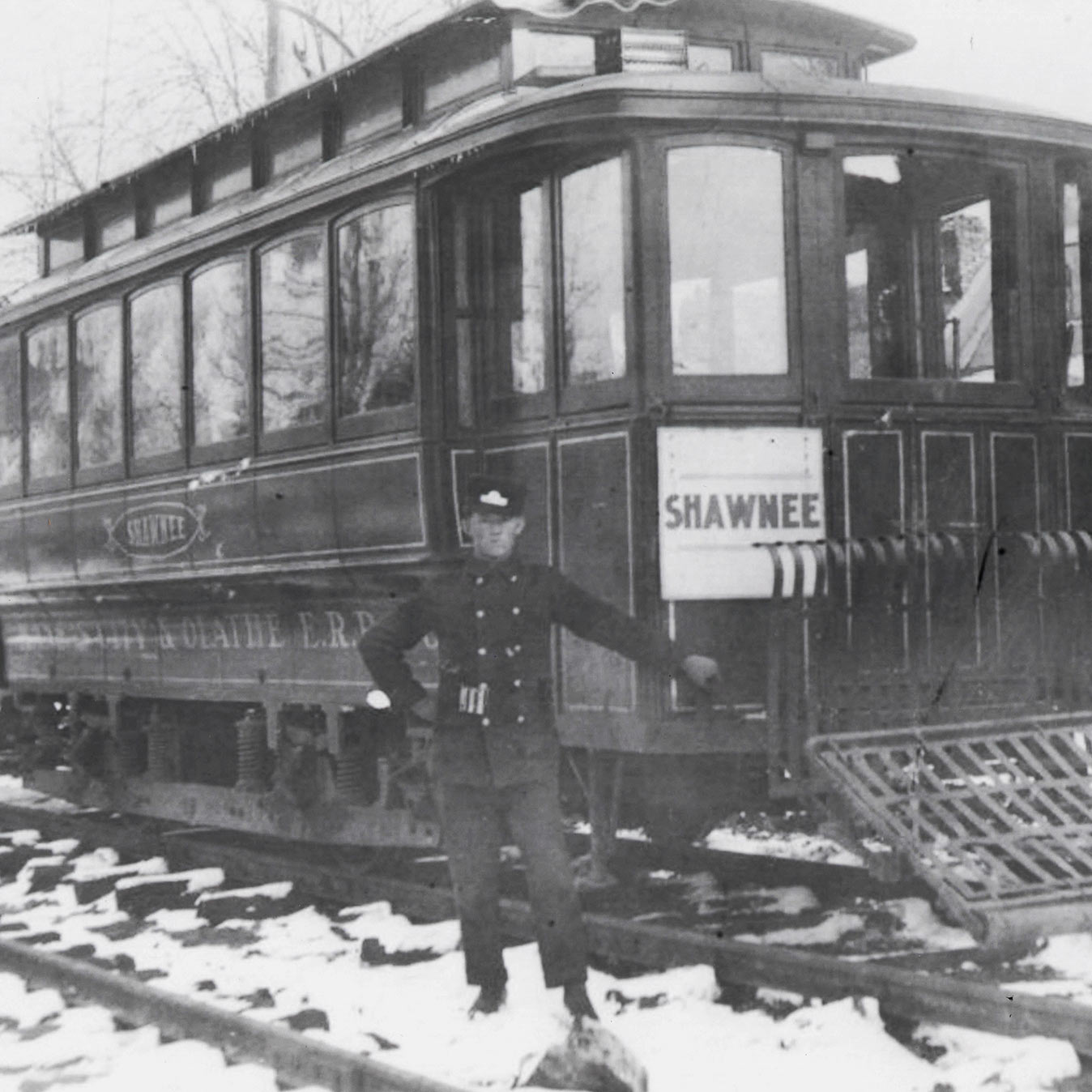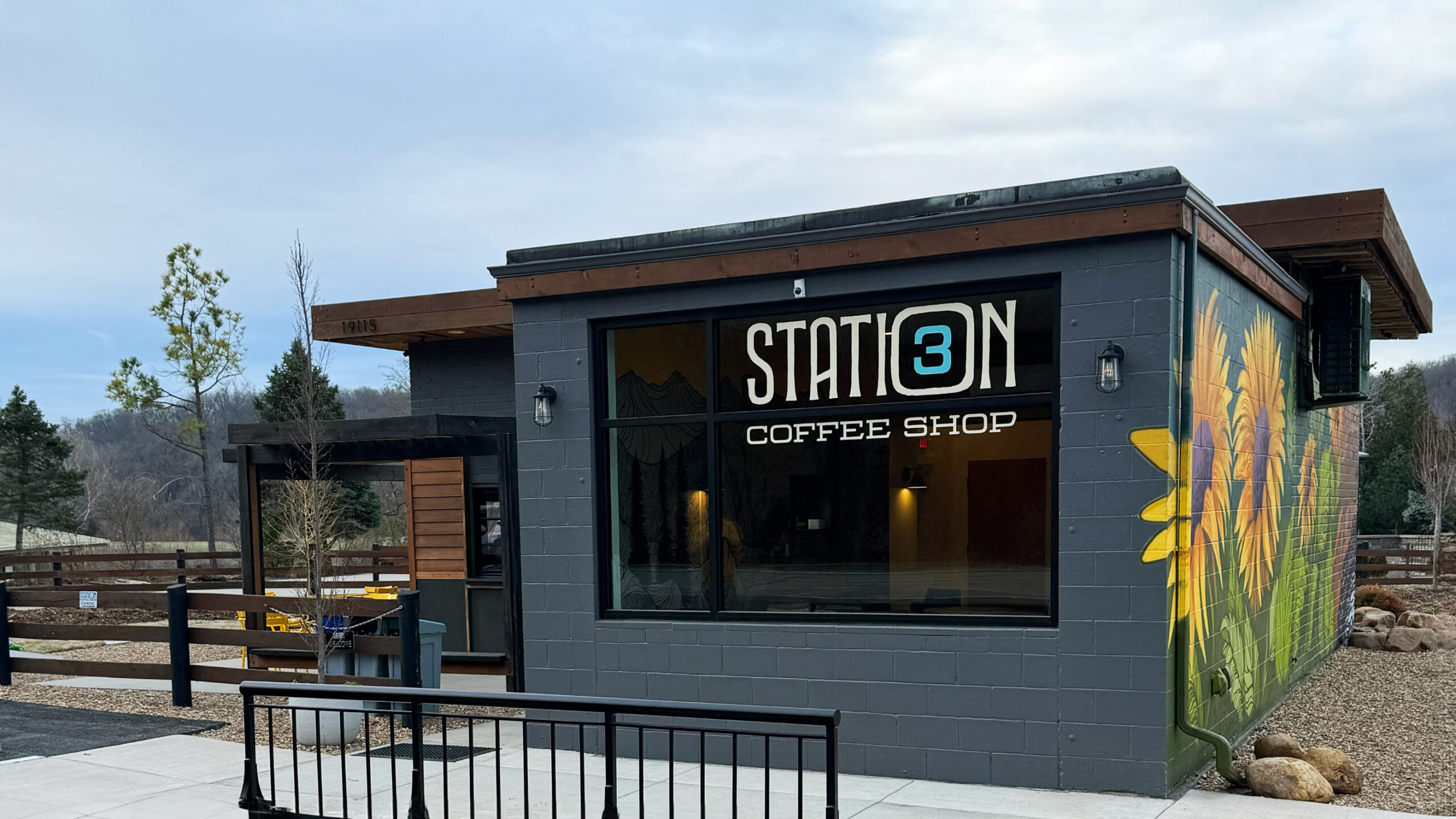Come on in,
grab a cup of coffee,
and pull up a chair.
We’re Station 3. Once a working fire station from 1971 to 1989, Station 3 has since been transformed into a unique space — filled with art and surrounded by nature — perfect for good coffee and good company.
Whether you take yours with cream and sugar, black, or frothed with oat milk, we look forward to seeing you around.
Our History
The land where Station 3 Coffee Shop stands was deeded to the McDougal family, by the 1854 Treaty with the Shawnee which granted 200 acres of land to each family member. George, the head of McDougal family, served as a named delegate in the signing of the treaty in May of 1854. In the 1860s the McDougal land was divided and most was sold.
In 1910, the Hocker Line of the Kansas City, Lawrence and Topeka Electric Railway was extended to Mill Creek past the Shawnee Golf Club (now Tomahawk Golf Course), servicing the East Zarah Terminal at Starrwood Park (now Knights of Columbus Park). With the popularity of automobiles, the Electric Railway shut down in 1927 and the tracks were removed.
The Station 3 land changed hands several times before it was acquired by Kansas City real estate man, Byron Theodore Shutz. Shutz constructed the building as a gas station in the early 1930s just as Highway 10, now Midland Drive, was built.
Later, the building served as an armory office before it was converted to Shawnee Fire Station #3 in March of 1971. The garage bay was enlarged to accommodate a fire engine and a warning siren was installed on the roof. The building remained a volunteer only station until the property was sold to Goode Brothers’ Asphalt Company in 1985, and the City of Shawnee built a new station across the street.
Twin Mill Farms acquired the property in 2014 and revitalized the building, opening Station 3 Coffee Shop in March of 2024. Local Prairie Village artist, Jeremy Collins; @jer.collins, www.themeridianline.com, was commissioned to paint the murals inside and outside of the building. The exterior murals feature Kansas sunflowers and the Grand Canyon, and the interior murals feature Mill Creek and the rock climbing landscape of Bishop, California.


